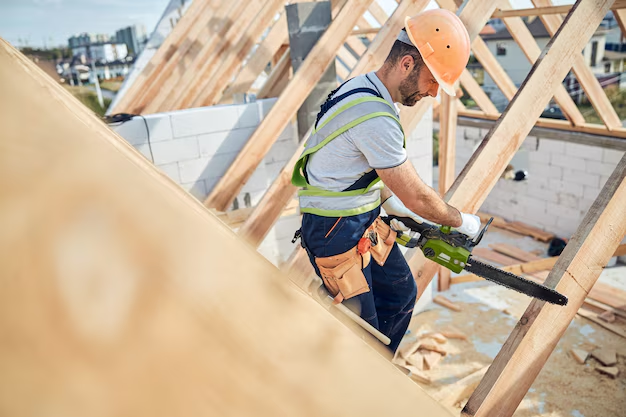Curious About Roof Replacement Costs? Here's What You Need to Know
Replacing a roof is often considered one of the largest home improvement investments. Understanding the costs and available financial options can make the process manageable and slightly less intimidating. If you're asking, "How much does it cost to replace a roof?", you're not alone. Here's a comprehensive overview that breaks down the costs, followed by ways to financially navigate this significant expense.
Understanding the Cost of Roof Replacement
The cost of replacing a roof varies based on several critical factors:
**1. Roof Size and Pitch: Larger roofs will naturally cost more due to the increased materials and labor required. The steepness or pitch of the roof can also affect labor costs, as steeper roofs may require additional safety equipment and time.
**2. Materials Used: The type of roofing material selected—such as asphalt shingles, metal, tile, or slate—plays a significant role in pricing. For instance, asphalt shingles are generally less expensive, ranging from $100 to $400 per square foot, while slate or tile can cost upwards of $600 to $800 per square foot or more.
**3. Removal of Old Roofing: Before a new roof can be installed, the old one must be removed. Depending on the existing materials, this can add between $1,000 and $2,000 to the overall cost.
**4. Location: Regional costs of labor and material availability can impact the total roof replacement price. Urban areas often have higher labor costs compared to rural locations.
**5. Labor and Additional Costs: Depending on roof complexity, accessibility, and necessary permits, labor costs can range from $150 to $300 per square foot.
In general, homeowners can expect to pay between $5,000 and $15,000 for a standard roof replacement, though high-end projects can easily exceed this range.
Options for Financial Assistance
The expenses associated with roof replacement can strain many homeowners' budgets. Fortunately, several avenues exist to help manage or reduce costs:
Government Programs
Many local and federal programs offer assistance for home improvements, especially for low-income households. It's worth investigating options like the Weatherization Assistance Program or local energy-efficiency grants.
Insurance Coverage
If damage to your roof has occurred due to a natural disaster or covered event, your homeowner's insurance might cover part or all of the replacement costs. Be sure to check your policy details and speak with your insurance agent.
Home Improvement Loans
Consider a personal loan or home equity line of credit (HELOC) to finance your new roof. These options often offer lower interest rates compared to credit cards, making them popular choices for large improvements.
Credit Card Solutions
For smaller projects or remaining balances, some homeowners might turn to credit cards. Look for cards with 0% APR introductory offers, which can help minimize interest fees.
Payment Plans with Contractors
Many roofing companies offer payment plans so that homeowners can spread the cost over several months or years. This can be a great way to manage cash flow without taking on more debt.
Explore Education-Based Financing Options
For those enrolled in educational programs, financial aid and scholarships can sometimes be redirected to living expenses, which could include necessary home maintenance. Checking with your financial aid office might unveil unknown possibilities.
Financial Assistance and Educational Opportunities
Here's a quick guide to potential resources you can explore:
- 🏠 Weatherization Assistance Program: Energy-efficiency upgrades for low-income households.
- 🎓 Federal Student Aid: For students, investigate if funds for living expenses can cover home repairs.
- 💳 0% APR Credit Cards: Consider these for short-term financing with no interest.
- 🏦 Home Equity Loan: Tap into home equity for larger expenses.
- 👷 Contractor Payment Plans: Flexibility with direct contractors can ease immediate financial strain.
- 🏘️ Local Housing Grants: Check with community development offices for available grants.
Roof replacement is a significant investment, but understanding costs and exploring financial solutions can ease the process. With the right approach, you can ensure your home remains protected and durable, serving your family for years to come.
